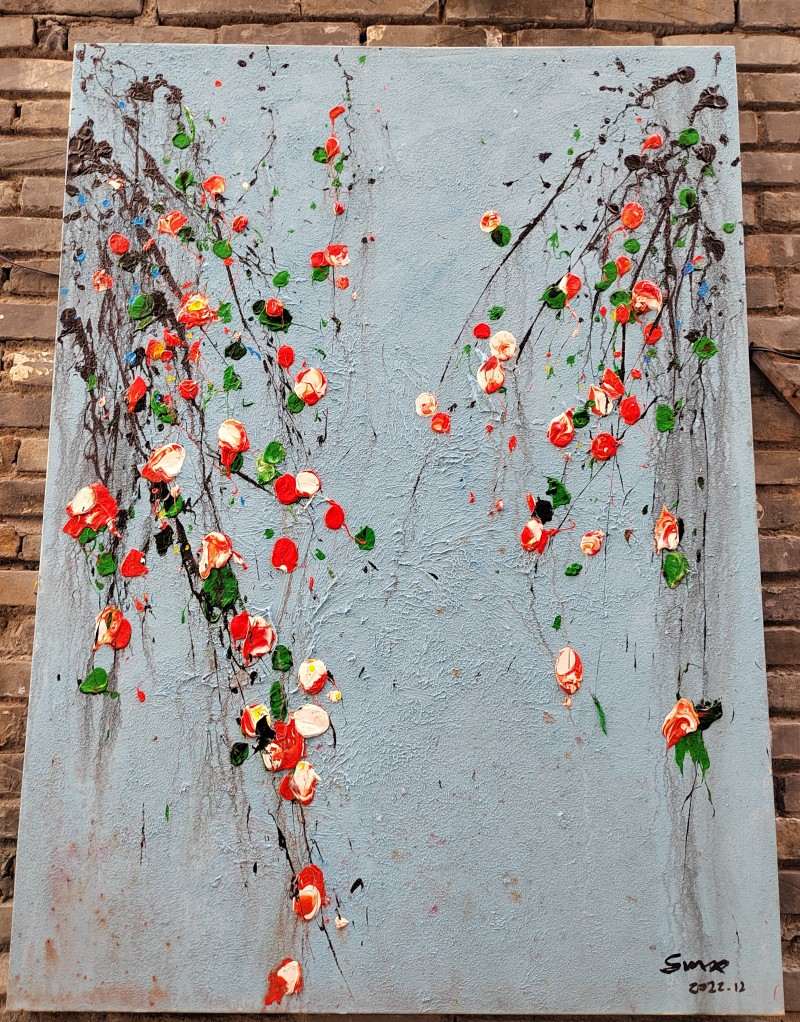News
5 tips for the best lighting in an art gallery
5 tips for the best lighting in an art gallery
Creating the besting lighting in an art gallery is essential to enhance the visual impact of the artworks and provide a positive viewing experience. Remember to tailor the lighting design to the specific needs of the artworks and the gallery space. Regular maintenance and monitoring of the lighting system is also crucial to ensure consistent and optimal conditions for exhibiting art. Here are five tips for achieving optimal lighting in an art gallery:
1. Use adjustable lighting fixtures
Install adjustable lighting fixtures that allow you to control the direction, angle, and intensity of the light. This flexibility enables you to highlight specific artworks, control glare and adapt to different types of art.
2. Balance natural and artificial lighting
Integrate natural light when possible, but control it to prevent direct sunlight from causing damage to artwork. Supplement natural light with artificial lighting to maintain consistent illumination throughout the space, especially during evening hours and cloudy days.
3. Consider color temperature
Choose lighting with a color temperature that complements the artwork. Warm color temperatures (e.g 2700K) can enhance traditional art, while cooler temperatures (e.g 4000K) may be suitable for contemporary pieces. Consistency in color temperature across fixtures ensures uniformity in the gallery space.
Natural lighting is considered by many to be the best light for displaying fine art because sunlight has the highest CRI (Color Rendering Index), which is the measurement of a light source’s capacity to accurately reveal the various colors of an object. In other words, it’s the truest representation of the actual colors in a work of art.
Color-tunable lighting is a lighting technology that allows users to adjust the color temperature and intensity of light. It combines LEDs of different color temperatures into single bulbs or strips.
Color tuning is ideal for installations where the owner of the space wants flexibility and control over lighting. The ability to alter both the hue and brightness of lighting enables art displays to be tailored for a particular piece or artist, creating more depth and impact for viewers. The result is an enhanced viewing experience: Patrons see the work as the artist intended.
4. Minimize UV exposure
UV exposure can lead to fading and deterioration of pigments and materials. Protect pieces by reducing UV radiation in the gallery. Use lighting fixtures with UV filters or select bulbs that emit minimal ultraviolet (UV) radiation. Install UV filtering glass in frames or UV filtering film on windows.
5. Create layered lighting
Implement a layered lighting approach to achieve depth and dimension in the gallery space. Combine ambient lighting for overall illumination with accent lighting to highlight specific artworks or areas. This creates a dynamic visual environment and emphasizes the gallery’s architecture.
Directional lights, such as track lighting and adjustable recessed lighting, offer the most flexibility for aiming the light at the desired art piece.
The primary advantage of track lighting is the capacity to aim spotlights where needed. Track lights also offer the benefit of retaining their proper color temperature even when dimmed.
However, this type of lighting is often seen as cost-prohibitive for smaller galleries with budget concerns. The good news is that the cost of LED track lighting is becoming comparable to its halogen counterparts. So, it may be worth pricing out LED options for your client and including lifetime maintenance costs as part of the conversation.
In addition to professional track lighting, trimless adjustable recessed lighting is another option. Adjustable recessed lighting provides a cleaner, more high-end look, and is often preferable in low-ceiling applications.

Categories
Latest News
Contact Us
Contact: Lani.zhang
Phone: 13713457217
Tel:
Whatsapp: +86 18665967194
Add: No 6-608,the 2 Building,Sanwa International,Tongsheng community,Dalang Row,Longhua district, Shenzhen,China
 Lani
Lani lani.zhang
lani.zhang +86 18665967194
+86 18665967194